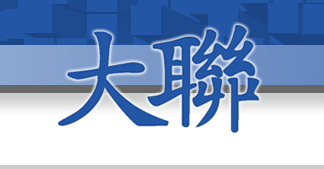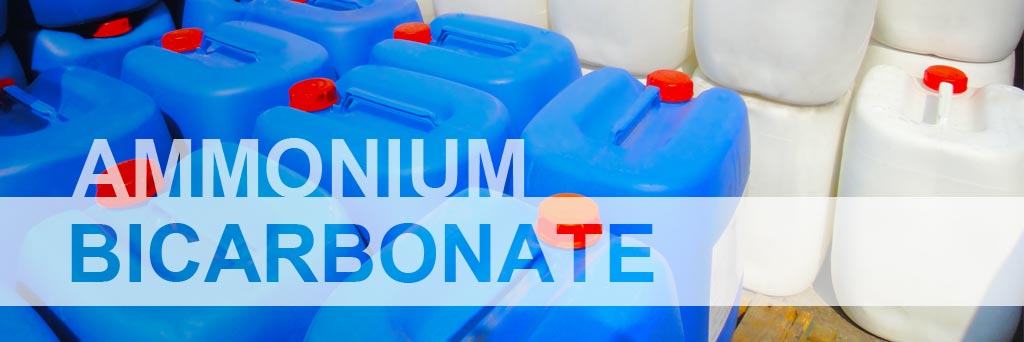| |
Ammonium bicarbonate, a compound with formula NH4(C(=O)OHO), also called bicarbonate of ammonia, ammonium hydrogen carbonate, hartshorn, AmBic or powdered baking ammonia, is the bicarbonate salt of ammonia.
Ammonium bicarbonate is used in the food industry as a raising agent for flat baked goods, such as gingerbread,Goldfish, digestive biscuit or Chinese youtiao). It was commonly used in the home before modern day baking powder was made available to home bakers. Many baking cookbooks (especially from Scandinavian countries) may still refer to it as hartshorn or hornsalt (e.g., NO: "hjortetakksalt", "salt of hart's horn") In many cases it may be substituted with baking soda or baking powder or a combination of both, depending on the recipe composition and leavening requirements. Compared to baking soda or potash, hartshorn has the advantage of producing more gas for the same amount of agent, and of not leaving any salty or soapy taste in the finished product, as it completely decomposes into water and gaseous products which evaporate during baking. It cannot be used for bulky baked goods however, such as normal bread or cakes, since some ammonia will be trapped inside and will cause an unpleasant taste.
It is commonly used as an inexpensive nitrogen fertilizer in China, but is now being phased out in favor of urea because of its relatively low quality and instability. This compound is used as a component in the production of fire-extinguishing compounds, pharmaceuticals, dyes, pigments and it is also a basic fertilizer being a source of ammonia. Ammonium bicarbonate is still widely used in the plastic and rubber industry, in the manufacture of ceramics, in chrome leather tanning and for the synthesis of catalysts.
It is also used for buffering solutions to slightly alkaline pH during chemical purification, such as HPLC. Because it entirely decomposes to volatile compounds this allows rapid recovery of the compound of interest by freeze-drying.
|
|



